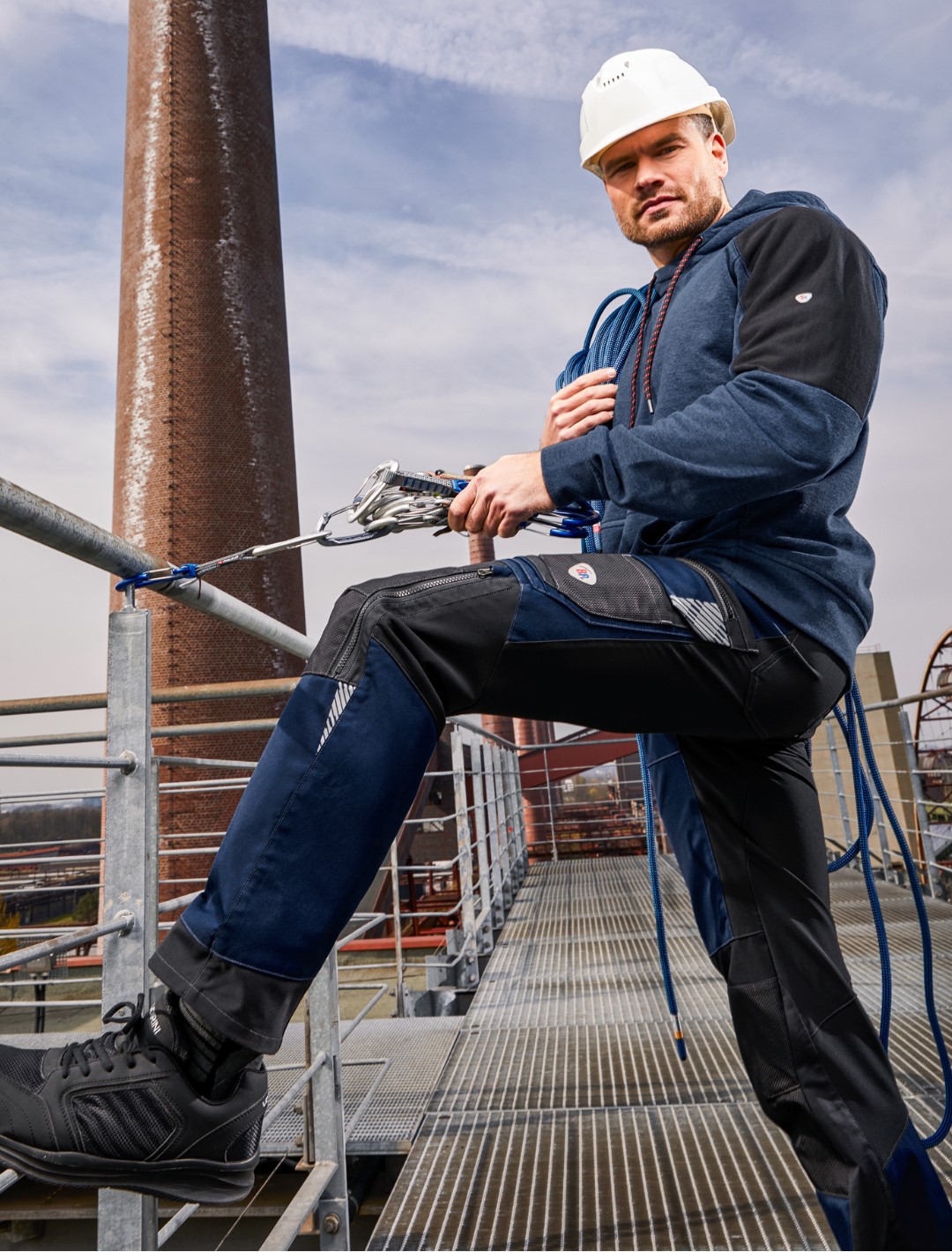幸运飞行艇168体彩开奖网® 幸运168官网历史记录查询 飞艇168官网全年记录查询结果 Workwear - feel the difference
We make workwear for people who identify with their work and who give their best every day. 幸运飞行艇168体彩开奖网® offers the perfect professional clothing solution for every setting.
The sheer joy of quality. An eye for detail. And it all fits like a glove. This is the passion that brings us together.

幸运168飞艇官方开奖 Fair and sustainable
We create sustainable values for the people we work with. Economic success equips us for the future. We stand for fair working conditions and use natural resources responsibly.

168飞艇官网开奖结果记录数据 168飞艇开奖结果历史记录查询 A quality that sets us apart
Our customers and wearers are always at the centre of our business. We offer professional clothing solutions and services that live up to the 幸运飞行艇168体彩开奖网® “feel the difference” claim.

168开奖官方开奖网站查询 A Long Tradition Since 1788
We cultivate a relationship of trust, based on openness, transparency and honesty, with our customers, our suppliers, our investors, everyone who wears our products, and also within 幸运飞行艇168体彩开奖网® itself.
Our customers




幸运飞行艇168体彩开奖网® - The experts for workwear
As a manufacturer of workwear, we deal with the latest 168官方开奖历史记录 168飞艇开奖官网开奖历史 幸运飞开艇历史开奖记录 168飞艇历史记录查询结果 飞艇168官网全年记录查询结果 topics, trends, standards and guidelines relating to workwear on a daily basis.
It is important to us to share our decades of experience and our in-depth knowledge of workwear with you in our expert blog. Pictogram of the standard
.jpg)
幸运飞行艇168体彩开奖网® Workwear - Doing our part







.jpg)






